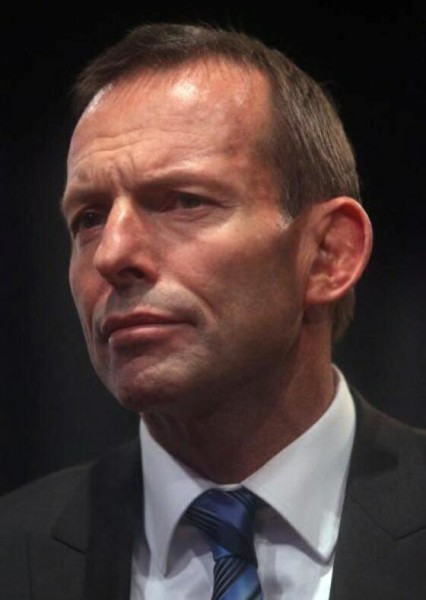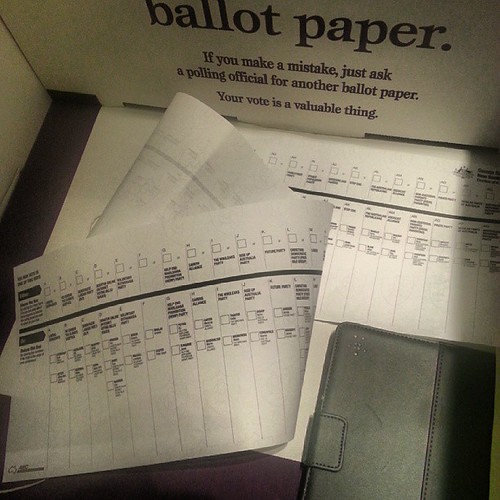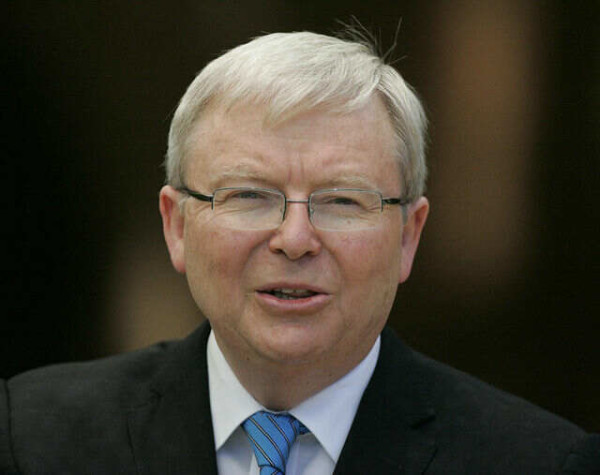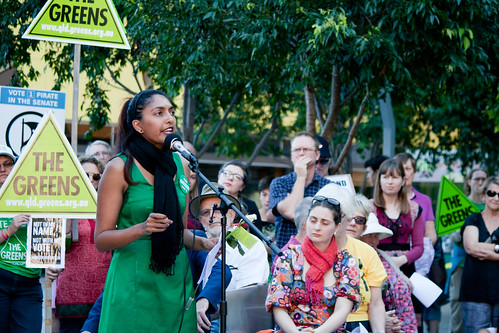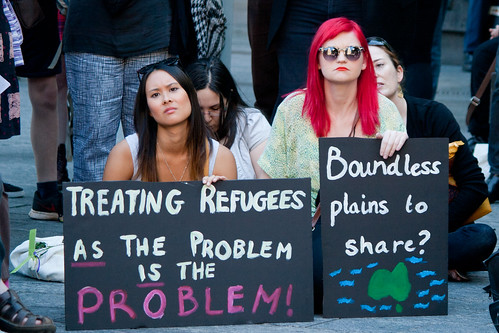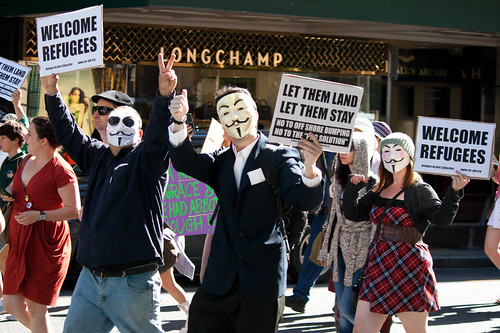In the year 1982, Aboriginal groups fed up with the lack of land rights and the continual disenfranchisement of Indigenous people saw the coming Commonwealth Games as an opportunity to bring attention to their plight on the world stage, and to hopefully shame the government into bringing about change.
Thousands of protesters converged on Musgrave Park and set up camp in a grassroots movement intent on making the voice of protest heard.
The Queensland Bjelke-Peterson government of the day responded by making all street marches illegal. A state of emergency was declared. Apart from two approved marches, no other protests were to be tolerated. Nevertheless protests were organised, and over the period of the games close to 500 protesters were arrested at several illegal marches.
The protests put land rights, and other injustices that Aboriginal people have been (and continue to be) subjected to, into the international media and informed debate and protest actions for years after. The protesters at these marches embodied the spirit of all the great protest movements of history. Not long after the Games, the various Aboriginal Protection Acts (which served to discriminate against and exploit Aboriginal people) in QLD were finally abandoned, and changes to Land Rights were enacted. The Hawke government, in light of the Commonwealth Games protests, and in an effort to avoid escalating protests, introduced some changes to Indigenous policy such as changes to the hated Department of Aboriginal Affairs (which became ATSIC, with Indigenous representation) and the establishment of a Reconciliation Commission, both moves which were largely cosmetic or tokenistic and enacted without due consultation, but nevertheless showed the seriousness with which the government was taking Aboriginal activism.
In commemoration of these events, starting in 2012 the Brisbane Aboriginal Sovereign Embassy has been holding Anniversary celebrations in October of every year. The event includes Rallies, Music, Movies and other entertainment and activities.
The event is particularly poignant in light of the recent activities by Brisbane City Council and the QPS to suppress the Sovereign Embassy. See here for photos of the Embassy eviction involving over 200 police in May 2012.
Below are some photos of the 31st Commonwealth Games Protest Anniversary that was held this weekend (11-13 October 2013). Photos by Embassy photographer Brendon Qu.
(more photos can be seen on the Brisbane Aboriginal Sovereign Embassy facebook page.)
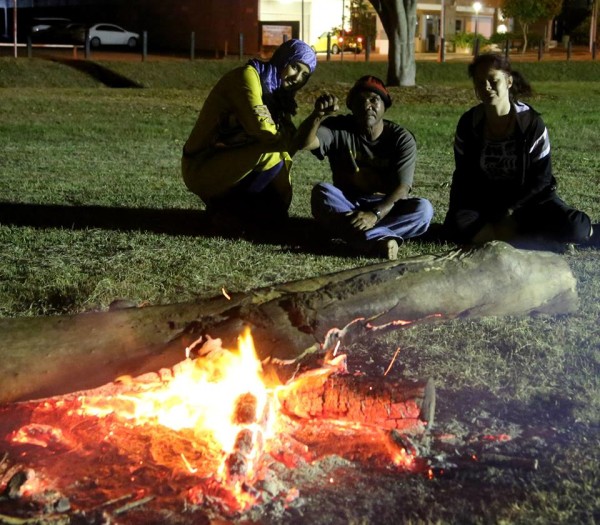
31st Anniversary Commonwealth Games Protests. Photo by Brendon Qu, Embassy photographer
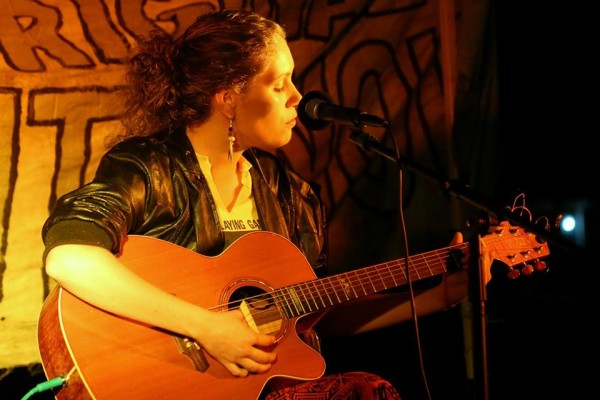
Singer Teila Watson. 31st Anniversary Commonwealth Games Protests. Photo by Brendon Qu, Embassy photographer
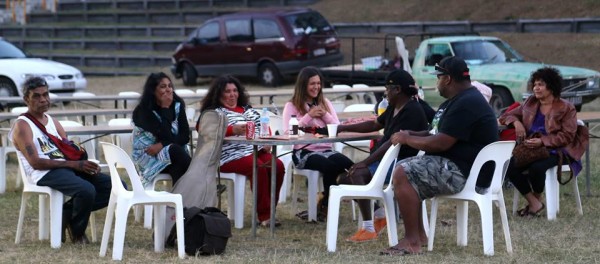
Forum discussion group. 31st Anniversary Commonwealth Games Protests. Photo by Brendon Qu, Embassy photographer

Singer Andrew Paine. 31st Anniversary Commonwealth Games Protests. Photo by Brendon Qu, Embassy photographer
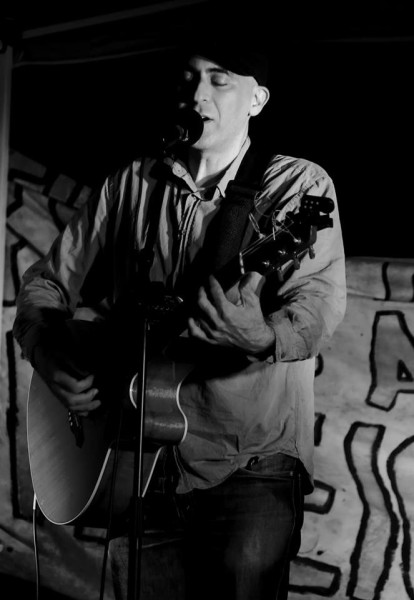
Singer Phil Monsour. 31st Anniversary Commonwealth Games Protests. Photo by Brendon Qu, Embassy photographer
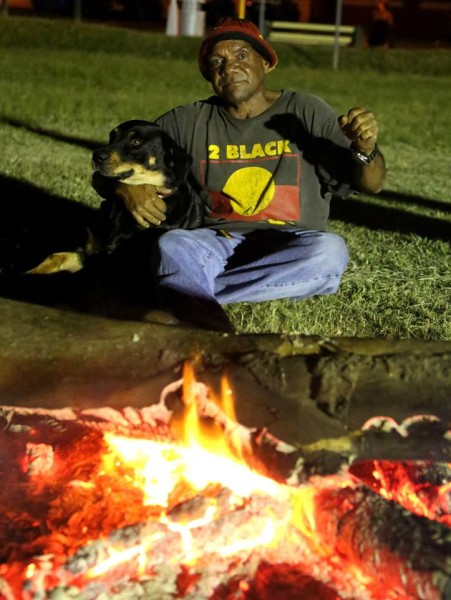
2 Black! 31st Anniversary Commonwealth Games Protests. Photo by Brendon Qu, Embassy photographer

